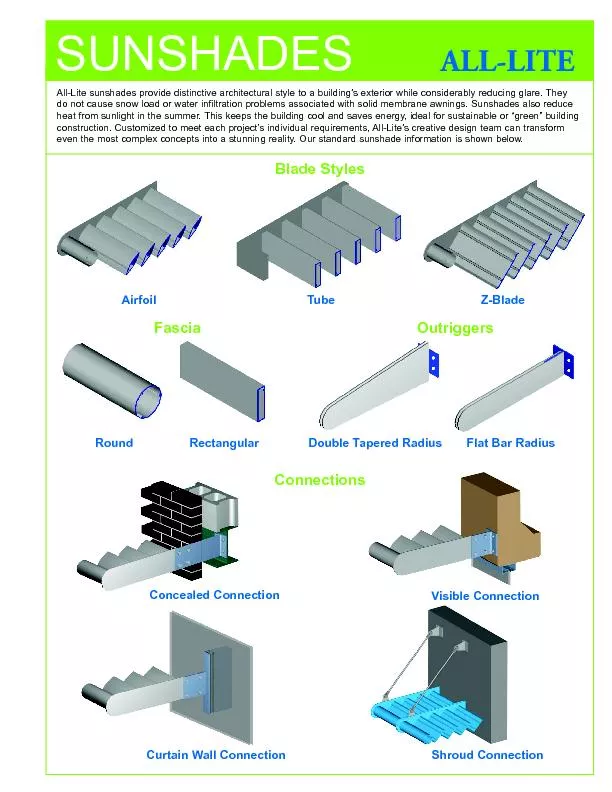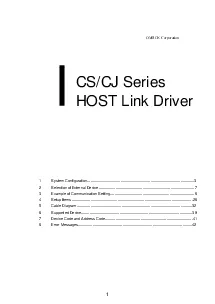PPT-Making the Connection:
Author : stefany-barnette | Published Date : 2017-06-21
Climate Changes Allergies and Asthma Mona Sarfaty MD MPH FAAFP Presenter Disclosures 1 The following personal financial relationships with commercial interests
Presentation Embed Code
Download Presentation
Download Presentation The PPT/PDF document "Making the Connection:" is the property of its rightful owner. Permission is granted to download and print the materials on this website for personal, non-commercial use only, and to display it on your personal computer provided you do not modify the materials and that you retain all copyright notices contained in the materials. By downloading content from our website, you accept the terms of this agreement.
Making the Connection:: Transcript
Download Rules Of Document
"Making the Connection:"The content belongs to its owner. You may download and print it for personal use, without modification, and keep all copyright notices. By downloading, you agree to these terms.
Related Documents














